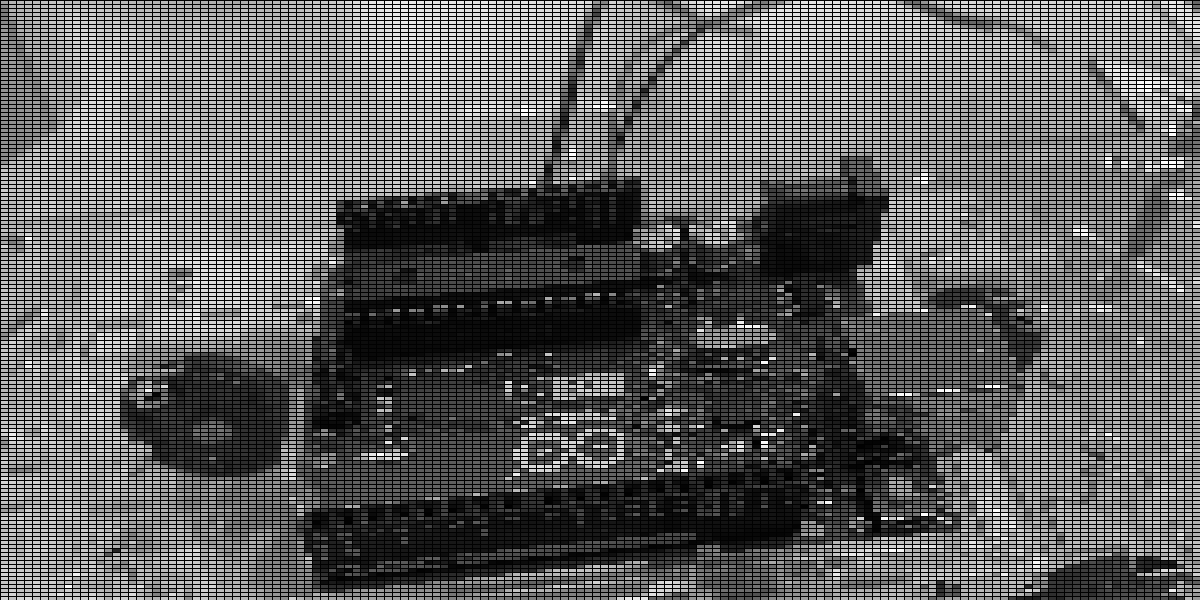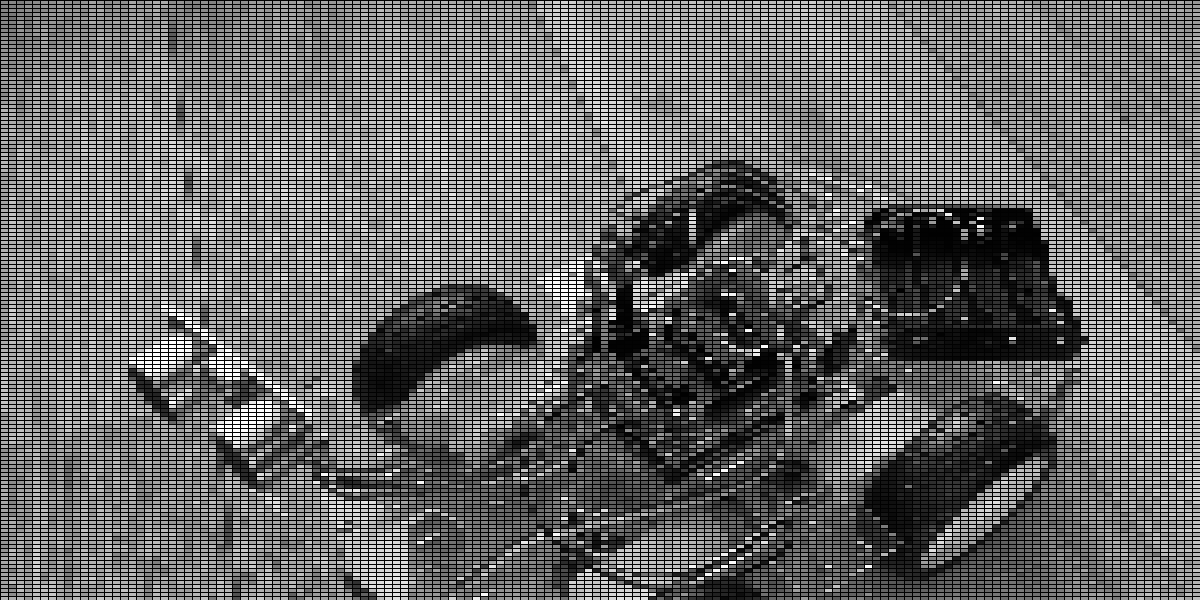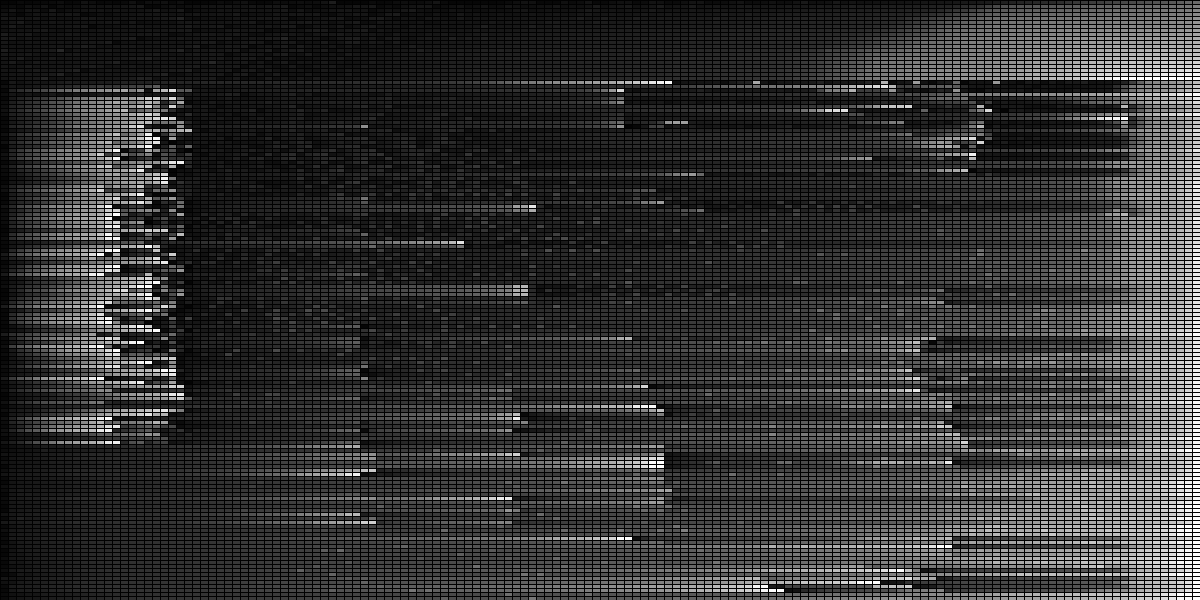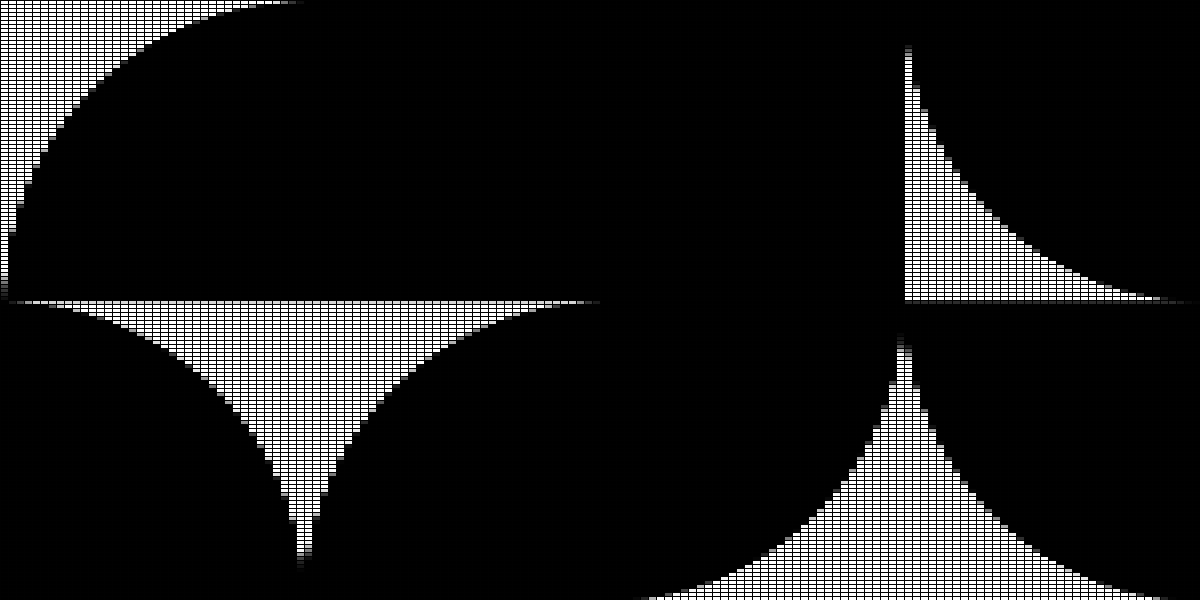Concept
In our current culture, humans are surrounded by technology. The development of 'new media' has led to
different ways of working, communication, art forms and how people relate to their context. At the end
of the twenty-first century, this growth has ensured that technology is integrated into our thinking and
acting. It has become a 'natural' part of man.[1] In other words: technology and culture can no longer
be separated.[2]
The use of innovative techniques has always played a role within the graphic arts profession. In this
current technological culture, the computer has become a permanent extension of a graphic designer and
artist. This has ensured that there is increasing interest in applying programming language software to
create visual expressions. This transition can be termed Creative Coding [3]. Software such as
Processing and P5.js play an important role in this. Within the design world, this kind of tools
offers the designer/artist the possibility to use varied data — for example: images, audio and video,
etc. — as a resource (input) and then use this on different new ways to visualize (output). It is
important to emphasize 'new' because, by using these techniques, the designer/artist is able to push the
boundaries further within the design world.
Tomorrow Could Be Different: A dialogue between designer/data* is a project that researches the
opportunities, limitations, meaning, and dynamic of creative coding for the designer itself and the role
it takes within this transition. Further, al the findings that were made during
this project are divided into three different categories: Process (Red), Projects (Green), and Research
(Blue). So that it is easier and more logical to keep track of everything. The intent of this website is
to not only to show the research that is done, rather it has to be seen as a dialogue between a designer
and data.
During this project I mainly used a software called Processing. It is an open-source programming language and
environment, developed by Ben Fry and Casey Reas in 2001, for people who want to create images,
animations, and interactions. Initially developed to serve as a software sketchbook and to teach
fundamentals of computer programming within a visual context, Processing also has evolved into a tool
for generating finished professional work.
Third Year, ArtEZ University of the Arts Zwolle, Semester 6
Main theme: TRANSITION
Year: 2022
About Me
My name is Luca Oosterloo (1999). I am a graphic design student at the ArtEZ University of the Arts in Zwolle (currently third year), with an interest in creative coding, typography and three-dimensional works (both physical and digital). I believe that the field of graphic arts is changing at an enormous pace, due to the continuous transitions of new digital technological techniques. This movement fascinates me and is the reason that it plays a role in my works. I have focused my activity researching the intersection between graphic design and programming – more specifically on how to use programming as a tool to make graphic design. In addition, as a designer it is interesting for me to gradually work towards an end point by means of experimentation.



